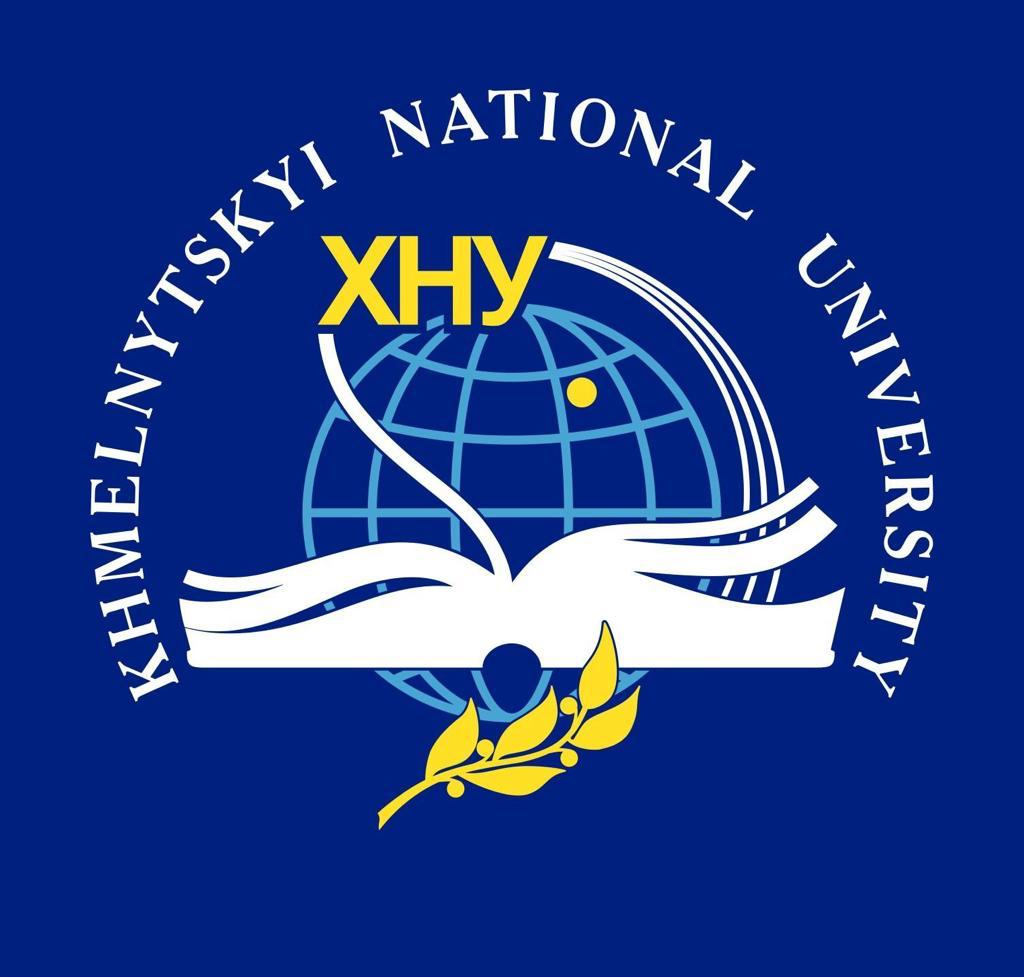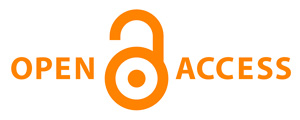HEALTH AND RECREATION COMMUNITY OF FAMILY MEMBERS OF COMBAT PARTICIPANTS: ANALYSIS OF THE CONCEPTUAL FIELD
DOI:
https://doi.org/10.31891/pcs.2025.1(1).63Keywords:
health and recreation community, families of combatants, psycho-emotional state, physical activity, social integration, quality of lifeAbstract
The article analyzes the conceptual field of forming a health and recreation community for family members of combat participants. Military conflicts and their consequences have a complex negative impact on the physical and mental health of not only combatants, but also their family members, who experience significant psychological stress due to the constant unpredictability of war, physical danger and threat to life, loss and separation from loved ones, forced displacement and social isolation, economic hardship and need long-term adaptation to changed living conditions. An effective approach to mitigate such consequences is engaging family members of combatants in health and recreation communities that offer social integration, psycho-emotional support, enhancements to physical well-being, development of healthy habits, family cohesion and improvement of quality of life. This study aims to analyze the fundamental concepts surrounding health and recreation communities designed for the families of combatants. The research employs a variety of methods, including theoretical analysis of scientific literature, online information resources, and documentary materials, as well as system and comparative analysis. The research was conducted in 2024, analyzing 120 sources. The study’s results demonstrate a relationship between social support and physical activity. Health and recreation communities play a crucial role in fostering a healthy society, and their development requires a comprehensive approach that encompasses sociological, psychological, economic, and environmental aspects. It has been established that the development of such communities requires scientific justification and adaptation to Ukrainian realities, particularly in the context of socio-cultural characteristics and resource capabilities.
References
Ley C., et al. Exploring flow in sport and exercise therapy with war and torture survivors. Mental Health and Physical Activity. 2017. Vol. 12. P. 83–93. URL: https://doi.org/10.1016/j.mhpa.2017.03.002.
Zeng L., Almquist Z. W., Spiro E. S. Let's workout! Exploring social exercise in an online fitness community. Social Marketing Quarterly.
Byshevets N., Andrieieva O., Dutchak M., Shynkaruk O., Dmytriv R., Zakharina I., Serhiienko K., Hres M. The influence of physical activity on stress-associated conditions in higher education students. Teorìâ ta Metodika Fìzičnogo Vihovannâ. 2024. Vol. 24(2). P. 245-253. URL: https://doi.org/10.17309/tmfv.2024.2.08.
Byshevets N., Andrieieva O., Goncharova N., Hakman A., Zakharina I., Synihovets I., Zaitsev V. Prediction of stress-related conditions in students and their prevention through health-enhancing recreational physical activity. Journal of Physical Education and Sport. 2023. Vol. 23(4). Art 117. P. 937-943. DOI: 10.7752/jpes.2023.04117.
Schleinzer A., Moosburner A., Anheyer D., Burgahn L., Cramer H. Effects of yoga on stress in stressed adults: a systematic review and meta-analysis. Frontiers in Psychiatry. 2024. Nov 1;15:1437902. DOI: 10.3389/fpsyt.2024.1437902.
Andrieieva O., Dutchak M., Blagii O. Theoretical Foundations of Health-Enhancing Recreational Physical Activity for Different Population Groups. Theory and Methods of Physical Education and Sports. 2020. No. 2. P. 59–66. URL: https://doi.org/10.32652/tmfvs.2020.2.59-66.
Biddle S. J. H., Mutrie N. Psychology of Physical Activity: Determinants, Well-Being and Interventions. 4th ed. Routledge, 2022. DOI:10.4324/9780203019320
Kaplan S. The restorative benefits of nature: toward an integrative framework. Journal of Environmental Psychology. 2021. Vol. 15(3). P. 169–182. DOI:10.1016/0272-4944(95)90001-2.
Putnam D. Robert Bowling alone: the collapse and revival of American community. Choice reviews online. 2000. Vol. 38, no. 04. P. 38–2454–38–2454. URL: https://doi.org/10.5860/choice.38-2454.
Singh B., et al. Effectiveness of physical activity interventions for improving depression, anxiety and distress: an overview of systematic reviews. British Journal of Sports Medicine. 2023. P. bjsports–2022–106195. URL: https://doi.org/10.1136/bjsports-2022-106195.
Heinrich K. M., et al. Incorporating a sense of community in a group exercise intervention facilitates adherence. Health Behavior Research. 2022. Vol. 5, no. 3. URL: https://doi.org/10.4148/2572-1836.1124.
Pickett A. C., Goldsmith A., Damon Z., Walker M. The influence of sense of community on the perceived value of physical activity: a cross-context analysis. Leisure Sciences. 2016. Vol. 38(3). P. 199–214. DOI: https://doi.org/10.1080/01490400.2015.1090360.
Downloads
Published
How to Cite
Issue
Section
License
Copyright (c) 2025 Мирослав ДУТЧАК, Ілона ЗАЛОЙЛО

This work is licensed under a Creative Commons Attribution 4.0 International License.





